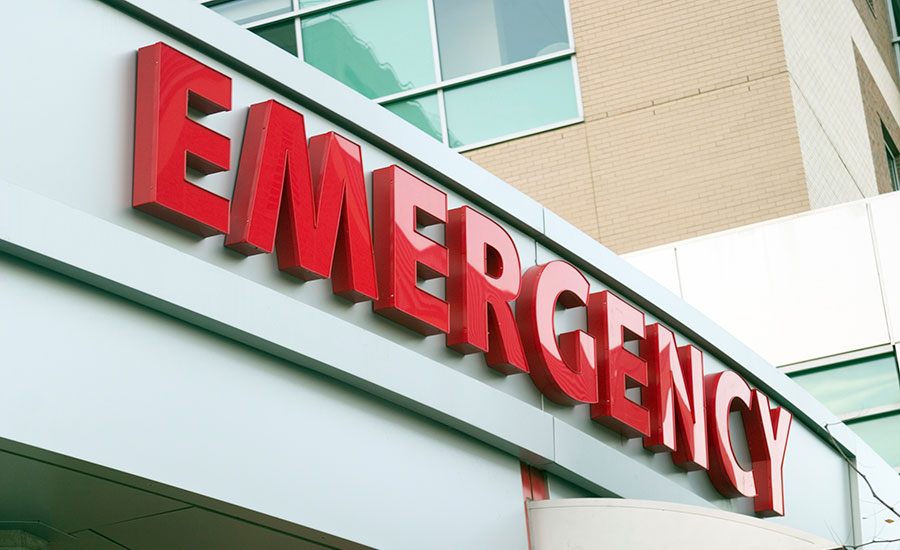New Research: Emergency Visits Reach All-Time High

Emergency visits climbed to a record high of 145.6 million patients in 2016, the most recent year available, according to new data from the Centers for Disease Control and Prevention (CDC). This is an increase from more than 136.9 million visits in 2015. And, only 4.3 percent of emergency patients went to the emergency department with non-urgent medical symptoms, a decrease from 5.5 percent in 2015. Wait times continue to improve, notes the American College of Emergency Physicians. More than one-third (39 percent) of patients wait less than 15 minutes to see a provider and nearly three-quarters (72 percent) of patients are seen in less than one hour.
"Emergency physicians are uniquely qualified to provide essential care that patients can't get anywhere else," said Vidor Friedman, MD, FACEP, president of the American College of Emergency Physicians. "Nearly two-thirds of visits occur after business hours, when other doctors' offices are closed. Millions of patients rely on emergency physicians for rapid diagnosis and treatment of acute illness, while emergency departments are increasingly viewed as a hub for care and care transitions."
Illness continues to outpace injury as a reason people seek emergency care and the most frequently seen patients are children or senior citizens. Patients age 15 or younger made up 18.8 percent (27.4 million) of emergency visits. Patients age 65 or older made up 15.9 percent (23.1 million) of emergency visits.
Stomach pain (12.5 million visits, 8.6 percent) and chest pain (7.5 million visits, 5.2 percent) top the list of the most common reasons patients seek emergency care. Injuries accounted for 42.2 million emergency visits (29 percent). The leading causes of injury were falls (10.5 million visits, 23 percent of injury visits) and motor vehicle crashes (3.7 million visits, 8.1 percent of total injury visits). Heart disease was the leading principal diagnosis group among the diseases that most commonly resulted in hospital admission from the emergency department.
Almost 60 percent of emergency care was delivered outside of traditional "business hours" (8am-5pm). And, 69 percent of hospital inpatients are processed through the emergency department. There was no change in the percentage of care delivered during traditional business hours (41 percent).
"Emergency physicians are proud to provide care to anyone, anytime," said Dr. Friedman. "Emergency care is growing more complex and some of the larger trends that will impact emergency department planning and resource discussions include the rising number of elderly patients, preventing and treating opioid abuse, and the role of the emergency department in treating and managing patients with mental illness."
Other highlights:
- In 2016, 15.8 percent of patients arrived at the emergency department by ambulance, representing about 24 million ambulance transports.
- More than 5.5 million patients visited the emergency department with a primary diagnosis of mental disorder. Of those, 2.4 million visits involved a mental health professional seeing a patient in the emergency department. Patient visits resulting in hospital admission for mental health issues reached more than 2.1 million, which is 5,930 patient visits every day.
- The number of homeless patients increased from 0.6 percent to 1 percent of total emergency visits.
Looking for a reprint of this article?
From high-res PDFs to custom plaques, order your copy today!





